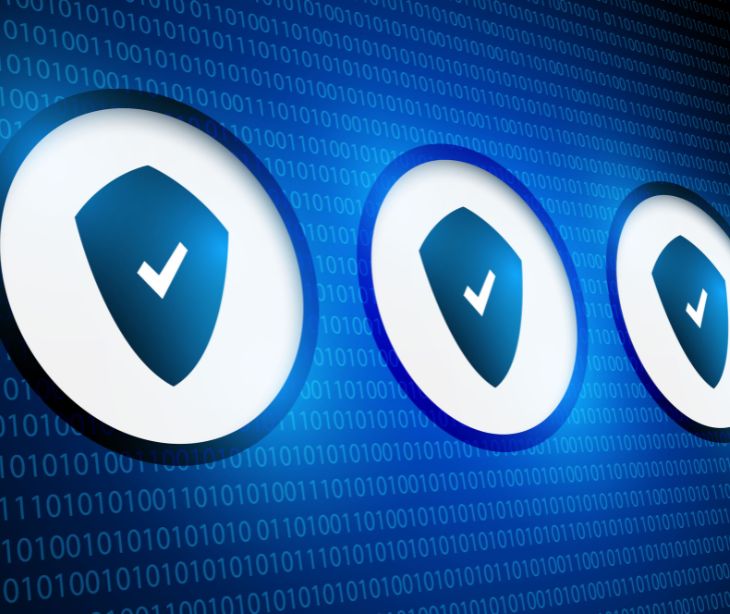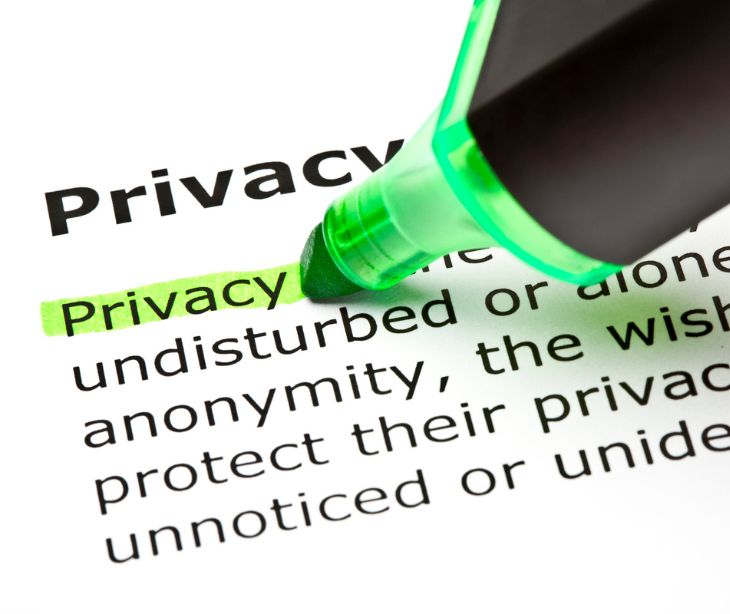
A study titled HIPAA Compliance: An Institutional Theory Perspective states, “Although industry surveys conducted post enforcement dates of HIPAA rules suggest a low level of full compliance among US hospitals, industry experts agree that adhering to the HIPAA Privacy and Security rules are more than just about compliance, they make sound business sense.”
Organizations can establish a culture of compliance by implementing the seven elements of a compliance program: written policies, a compliance officer and committee, effective training, open communication channels, compliance monitoring, enforcement of standards, and prompt response to offenses.
Understanding compliance
Compliance helps maintain ethical standards, promotes transparency, and mitigates the risk of fraud and abuse.
Read also: Understanding and implementing HIPAA rules
Implement written policies, procedures, and standards of conduct
The first element of a compliance program involves developing and implementing written policies, procedures, and standards of conduct. These guidelines outline the expected behavior and ethical standards for employees to follow. Organizations can ensure that employees understand their responsibilities and the consequences of non-compliance by having clear policies and procedures.
Designate a compliance officer and compliance committee
Organizations should designate a compliance officer and establish a compliance committee to manage and oversee compliance efforts effectively. The compliance officer is responsible for implementing and maintaining the compliance program, while the committee provides guidance and support.
Conduct effective training and education
Employees at all levels should receive comprehensive and ongoing training on compliance policies, procedures, and relevant laws and regulations. This training helps employees understand their role in maintaining compliance. It equips them with the necessary knowledge to identify and address potential compliance issues.
Training should cover data privacy, ethical practices, reporting mechanisms, and consequences of non-compliance.
See more: How to train healthcare staff on HIPAA compliance
Develop effective lines of communication
Organizations should establish channels for employees to ask questions, report violations, and provide feedback on the compliance program.
One effective way to encourage communication is by implementing a hotline or anonymous reporting system. This allows employees to report concerns without fear of retaliation. Organizations must protect the anonymity of complainants and whistleblowers to foster trust and encourage reporting.
Conduct internal monitoring and auditing
Regular assessments help identify potential compliance gaps and areas for improvement. Organizations should conduct internal audits and risk assessments to evaluate their compliance efforts and identify non-compliance issues.
These audits should be conducted by individuals or teams independent of the areas being audited to guarantee objectivity. The results of the audits should be documented and shared with the compliance officer and relevant stakeholders. This information can be used to develop corrective action plans and implement necessary changes to enhance the compliance program.
Read more: The role of audit logs in HIPAA compliance
Enforce standards
Organizations should establish well-publicized disciplinary guidelines that outline the consequences of non-compliance. These guidelines should be communicated to all employees during onboarding and regularly reinforced through training and awareness campaigns.
Respond promptly to offenses and undertake corrective action
Organizations should respond promptly and take appropriate corrective action when a compliance offense is detected. Prompt response and corrective action help prevent further violations and demonstrate the organization's commitment to maintaining compliance.
Challenges and benefits of adopting a compliance program
Implementing a compliance program can pose various challenges for organizations. Obtaining leadership buy-in, defining compliance roles, and allocating resources can be difficult. However, the benefits of adopting a compliance program far outweigh the challenges.
A well-designed compliance program helps organizations mitigate the risk of fraud and abuse, enhance operational efficiency, and reduce regulatory fines. It promotes a culture of compliance, where employees understand the importance of ethical behavior and actively contribute to maintaining compliance. A strong compliance program can also improve patient outcomes, satisfaction scores, workplace morale, and staff retention.
FAQs
How often should compliance programs be audited?
Compliance programs should be audited regularly to identify potential issues or gaps in compliance efforts. The frequency of audits may vary depending on the size and complexity of the organization.
What are the consequences of non-compliance with healthcare regulations?
Non-compliance with healthcare regulations can result in severe consequences, including financial penalties, legal issues, damage to reputation, and loss of patient trust.
How can healthcare organizations stay updated with changing regulations?
Healthcare organizations should stay updated with changing regulations by regularly monitoring updates from regulatory bodies, participating in relevant industry conferences, and working with compliance consultants who specialize in healthcare compliance.
Subscribe to Paubox Weekly
Every Friday we'll bring you the most important news from Paubox. Our aim is to make you smarter, faster.




